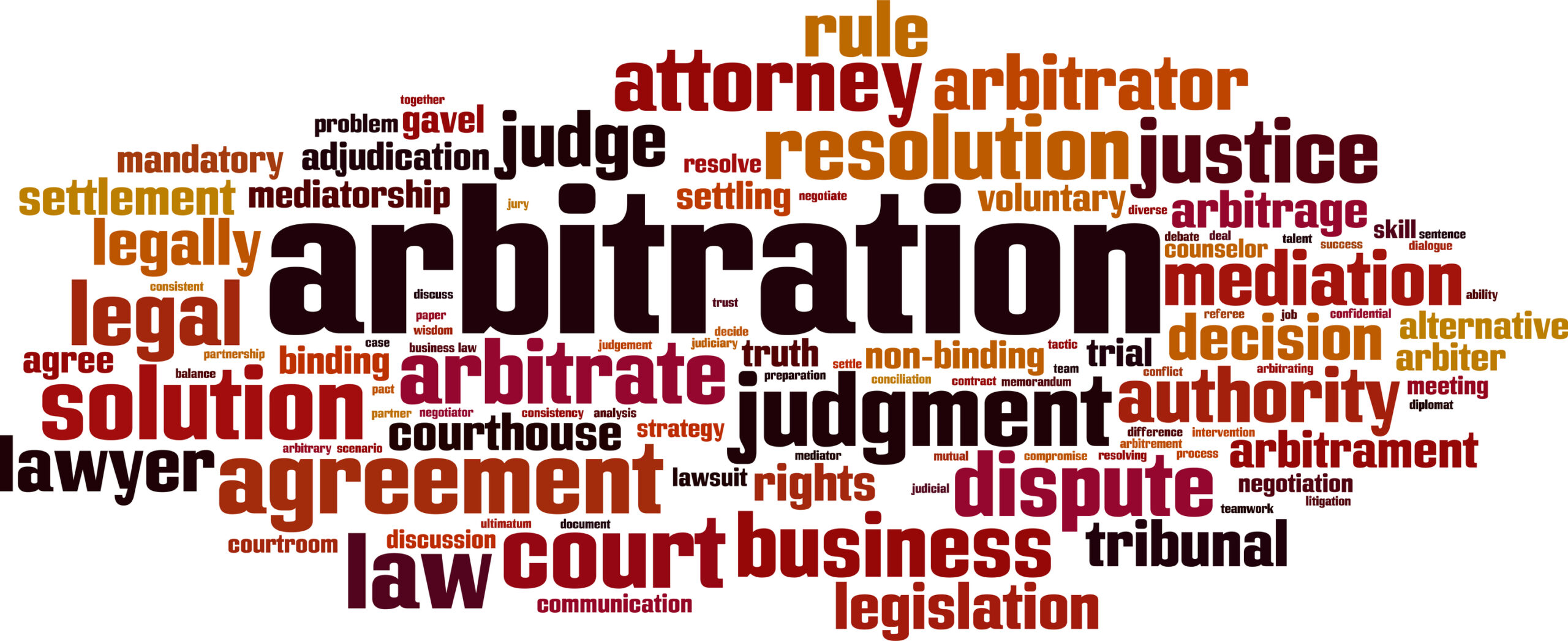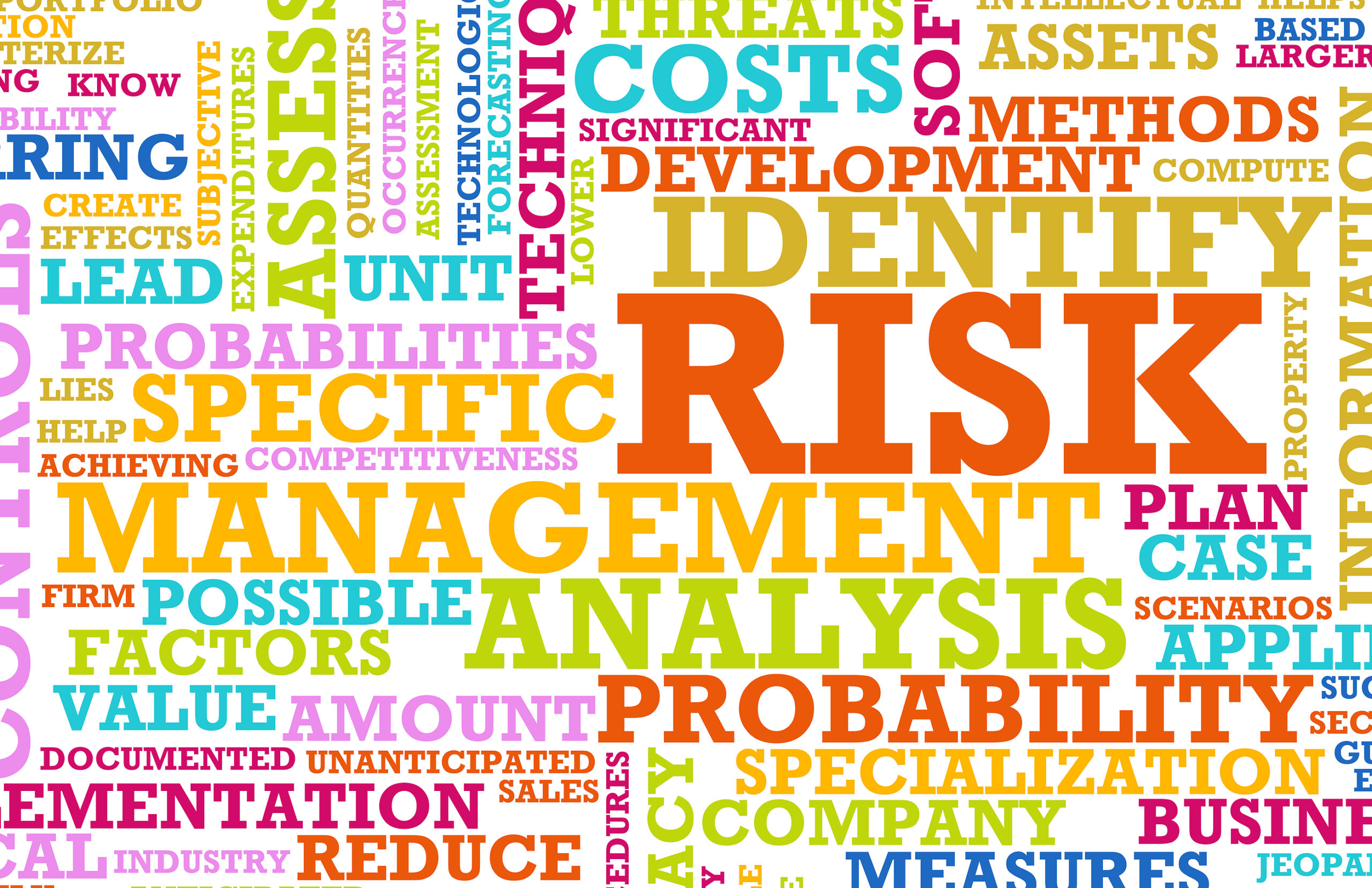Cross-cultural differences and the misunderstandings that often arise from them play a powerful role in how businesses build relationships and conduct their commercial and legal affairs. At a time of expansive growth in transnational business, trade, and investment, a lack of knowledge about local culture, values, and customs in business and legal dealings are leading to ever more complex and tense international legal disputes.
As lawyers and arbitrators, it is critical to foster a deeper understanding of how cultural and emotional factors along with behavioral tendencies impact business decisions and the practice of arbitration worldwide. Addressing these issues in the context of business-to-business (B2B) relationships, a recent report by the International Chamber of Commerce, Jus Connect, and McCann Truth Central found that a new set of principles—based on emotional intelligence, cultural awareness, and cultural fluency—is required to create a cross-cultural playbook for arbitration and re-imagining dispute outcomes.
Global leaders surveyed said that arbitration is still the preferred way to resolve cross-border disputes over litigation. If a contract fails, 60% prefer arbitration to legal proceedings in a court. Overall, arbitration has increased significantly over the past decade, reaching an estimated $80 billion in 2022. Some 37,000 new cases were registered between 2018 and 2022, an increase of nearly 30% between 2013 and 2017. While this represents a mere fraction of the $121 trillion in international trade in 2022, arbitration is growing twice as fast as global trade as clients recognize the speed, efficiency, transparency, and flexibility it offers to resolve disputes compared to traditional litigation.
Cultural Miscues
In my travels as President of the ICC International Court of Arbitration, I have heard countless stories about the influence of cross-cultural differences on business and legal affairs, including arbitration. And with good reason: every country has unique and often contrasting attitudes about dispute resolution and misunderstanding them can add layers of difficulty during legal proceedings for both general counsel and arbitration lawyers.
Based on extensive interviews and quantitative data, the ICC report divides cultural attitudes and approaches into four generalized categories and suggests which countries fit into each one. The Innovative Explorer, for example, including France and Saudi Arabia, seeks collaboration and co-creation, looks for emotional chemistry, and tends to stretch goals. For their part, India and Nigeria can be seen as a Strategic Balancer, eager for collaboration and co-creation, along with emotional chemistry, and ready to stretch goals.
Brazil and Mexico are among the countries regarded as a Decisive Custodians, in that they tend to value structure and contracts as part of a more direct, yet discrete approach and in addition, prefer working with senior partners. Finally, as the name indicates, the Pragmatic Realist—including the U.K. and Switzerland—takes a reasoned and practical approach, with an appreciation for clear expectations meeting agendas, and giving parties a second chance.
These attitudes are reflected in the different approaches that countries have toward contracts. Some want a clear scope, set in stone. Others put more focus on outcomes and fluidity in delivery. For instance, while Mexico and Brazil prefer structured approaches in contract agreements, India and Saudi Arabia are open to collaboration and co-creation in a scope of work. France and China prefer to stretch sometimes-unrealistic goals, but India and Nigeria, want realistic and achievable ones.
Chameleon U.S.
Digging deeper into the analysis shows that in some ways, the U.S. has a lot in common with Brazil and China when considering the role of hierarchy and discretion in a business situation. If someone in business makes a mistake, Americans prefer to promptly resolve disputes, even if a party might get offended and are also unlikely to copy their boss on an email.
These categories help explain many business decisions and actions and can guide teams to recognize and overcome cultural differences. But they don’t always tell the whole story: cultural nuances add even more complexity to cross-border business and legal dealings.
The U.S., for example, can be described as a chameleon or shapeshifter that doesn’t always neatly fit any descriptor. In my experience, U.S. business representatives will typically revise their approach depending on what the customer or counterparty needs. This flexibility is likely due to the presence of diverse and multicultural U.S. business teams compared to some other countries. As one senior arbitrator said in the report, “In the U.S., the common denominator is understanding what the customer needs.”
Small Behavior, Big Impact
Mapping the world by culture rather than geographic positioning offers valuable insights that can improve cultural fluency and ensure that geography alone does not influence expectations and approaches. The report showed how small behaviors point to larger cultural priorities. Teams from France and Saudi Arabia don’t necessarily need an agenda to attend a meeting, but those from India and Nigeria would usually prefer a detailed agenda. Acknowledging these cultural differences, however small and seemingly inconsequential, provides a framework for anticipating and resolving friction and helping teams adapt.
One of the most interesting aspects of the study is that business teams and leaders say they want lawyers involved earlier in the B2B process—and more deeply integrated into the journey—with a focus on win-win outcomes. This is consistent with the changing role of in-house counsel, particularly in the U.S., where in house counsel work more closely with business teams to develop strategy and structure the deal. Given the growing complexity of today’s global regulatory environment, business teams can no longer negotiate the deal first and then bring the terms to the in-house team to document.
While the study focused on cultural differences, it also found a commonality across cultures: a growing preference for non-legal dispute resolution. Some 77% favored an amicable, interest-based resolution—through internal or contract review, or direct negotiations between legal teams—compared to 52% favoring a rights-based resolution using arbitration or legal proceedings in a court. Only about one-third chose a so-called power-based resolution, such as a canceled contract, a report to a regulator, a post on social media, or a leak to the press.
Key Truths
Understanding the diverse world of business culture reveals several truths about B2B relationships. One is that emotion and culture have a significant impact on business—perhaps more than many realize—because the B2B journey comprises the human experience. Contrary to the commonly held perceptions that B2B interactions are largely transactional or purely functional, and free of emotions, the report found that they are emotionally charged, from initial engagement with parties and contracts to long-term partnerships.
I have experienced this firsthand when representing a multinational company in a very complex arbitration involving the calculation of damages. I needed to prepare the CEO for cross-examination. Yet his analysis was not entirely data-driven decision-making: emotions were also a big part of his thinking. When describing his approach and his meeting with his CEO counterpart, he just kept telling me, “This is so emotional.”
Another truth is that by effectively navigating cultural differences and overcoming communication barriers, we can improve business relationships. In this context, business attitudes toward particulars such as contracts and meeting styles reflect cultural priorities and offer relevant cultural cues. At first, these may appear to be minor details but unveil deeper cultural attitudes concerning hierarchy, orderliness, adaptability, and creativity.
When I was in China earlier this year, I was surprised by the number of back-channel conversations that took place to determine how many people we could bring to a meeting and the level of seniority so that the Chinese delegation would have the same. There were also discussions about attire—including whether men should wear a tie—so that nobody would feel out of place.
Cross-Cultural Playbook
With these truths in mind, a new cross-cultural playbook for global arbitration should include the following actions. First, integrate legal teams as early as possible into the process and keep them engaged via partnerships with business teams. Train teams to understand emotional intelligence and be more culturally aware so they can become more adept at relationship building and managing shifting emotions during the B2B journey. Ensure teams can interpret subtle behavioral and cultural cues to make informed decisions and improve communications. Equally important, prioritize direct negotiation channels for dispute resolution, reserving legal action for failed negotiations.
More than ever, we must emphasize the role of emotion and human interaction in business and how important it is in building trust: the report noted that half of all B2B disputes are likely caused by the breakdown of human interaction rather than solely by contractual issues. With heightened sensitivity to cultural differences, we can better understand the complexities of the B2B journey, minimize business and legal disputes, and successfully apply these truths to resolving conflicts through arbitration.










